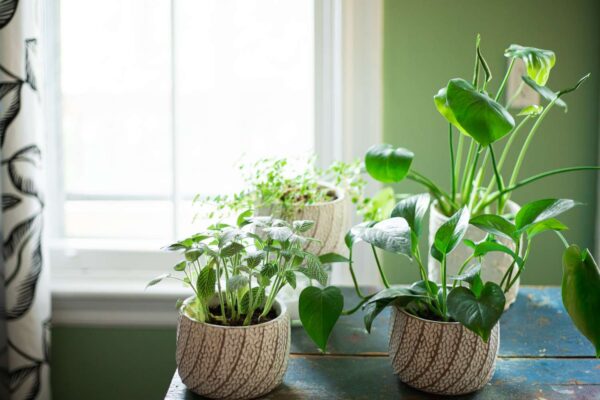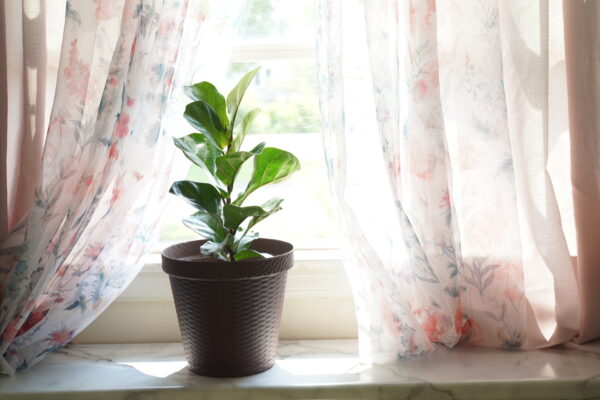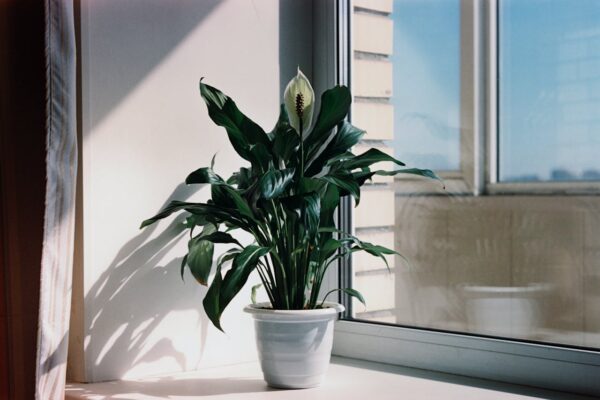Understanding the crucial role of light in plant health is essential for every gardener, whether you’re nurturing a lush indoor oasis or tending a verdant outdoor garden. Light influences not only growth but also plant health, flowering, and fruit production. This guide will empower you with knowledge on plant grow light requirements and practical tips to optimize plant placement for thriving vegetation.
Illuminating the Importance of Grow Light: Understanding the Power of Photosynthesis
Grow Light as the Fuel for Life: The Essential Role of Photosynthesis
Light is fundamental for photosynthesis, the process by which plants convert light energy into chemical energy. It influences plant health, growth rate, and the vibrancy of blooms and fruits. Without adequate light, even the most resilient plants can become stunted and fail to thrive.
Decoding Plant Grow Light Requirements: Understanding Sun-Loving, Shade-Tolerant, and Low-Light Plants
Plants have varied light needs based on their natural habitats. Sun-loving plants require direct, bright light, while shade-tolerant plants can thrive with less intensity. Low-light plants are perfect for dimmer corners of your home but still need sufficient indirect light to grow.
The Impact of Light Intensity, Duration, and Direction on Plant Growth
The intensity of light affects how vigorously a plant grows, while the duration — or how many hours of light a plant receives — influences flowering and fruiting cycles. The direction of light, especially in indoor settings, can dictate where plants should be placed for optimal growth.
Assessing Your Plant’s Needs: Identifying the Ideal Grow Light Conditions
Observing Plant Growth Patterns: Clues to Light Deficiency or Excess
Plants often communicate their needs: stretching towards a light source indicates insufficient light, while leaves that scorch or fade suggest too much direct sunlight. Monitoring these signs can help adjust your plant’s location and lighting.
Researching Specific Plant Requirements: Understanding the Unique Needs of Different Species
Each plant species has unique light requirements that mimic their natural environments. Researching these needs ensures that each plant receives the appropriate amount of light, mimicking natural conditions as closely as possible.
Utilizing Light Meters: Measuring Light Levels for Accurate Assessment
A light meter can be an invaluable tool in a gardener’s arsenal, helping to accurately assess the light levels in different areas of your home or garden. This ensures that each plant is placed in a location where it can receive its ideal light exposure.
Finding the Perfect Spot: Choosing the Ideal Location for Your Plants
Harnessing Natural Light: Positioning Plants near Windows for Optimal Exposure
The best natural light for indoor plants usually comes from south-facing windows, which provide the most daylight hours. North-facing windows can be great for plants that require lower light levels. Understanding the nuances of your home’s lighting can guide where to place each plant for its specific needs.
Supplementing with Artificial Light: Utilizing Grow Lights to Enhance Indoor Plant Growth
When natural light isn’t enough, especially in winter months or for basements and windowless rooms, grow lights can supplement. Various types of grow lights, including LEDs and fluorescents, offer different spectra of light tailored for plant growth.
Rotating Plants for Even Light Distribution: Ensuring Balanced Growth and Development
Regularly rotating your plants ensures that each side receives equal light, promoting even growth and preventing the plant from bending towards a light source. This simple step can keep your plants looking full and healthy.
By understanding and optimizing the lighting for your plants, you can dramatically improve their health and vitality. Whether adjusting your indoor layout or planning a garden, light is a crucial element that can mean the difference between a surviving plant and a thriving one. With the right knowledge and tools, you can ensure that each of your green friends receives the perfect amount of light to flourish.





